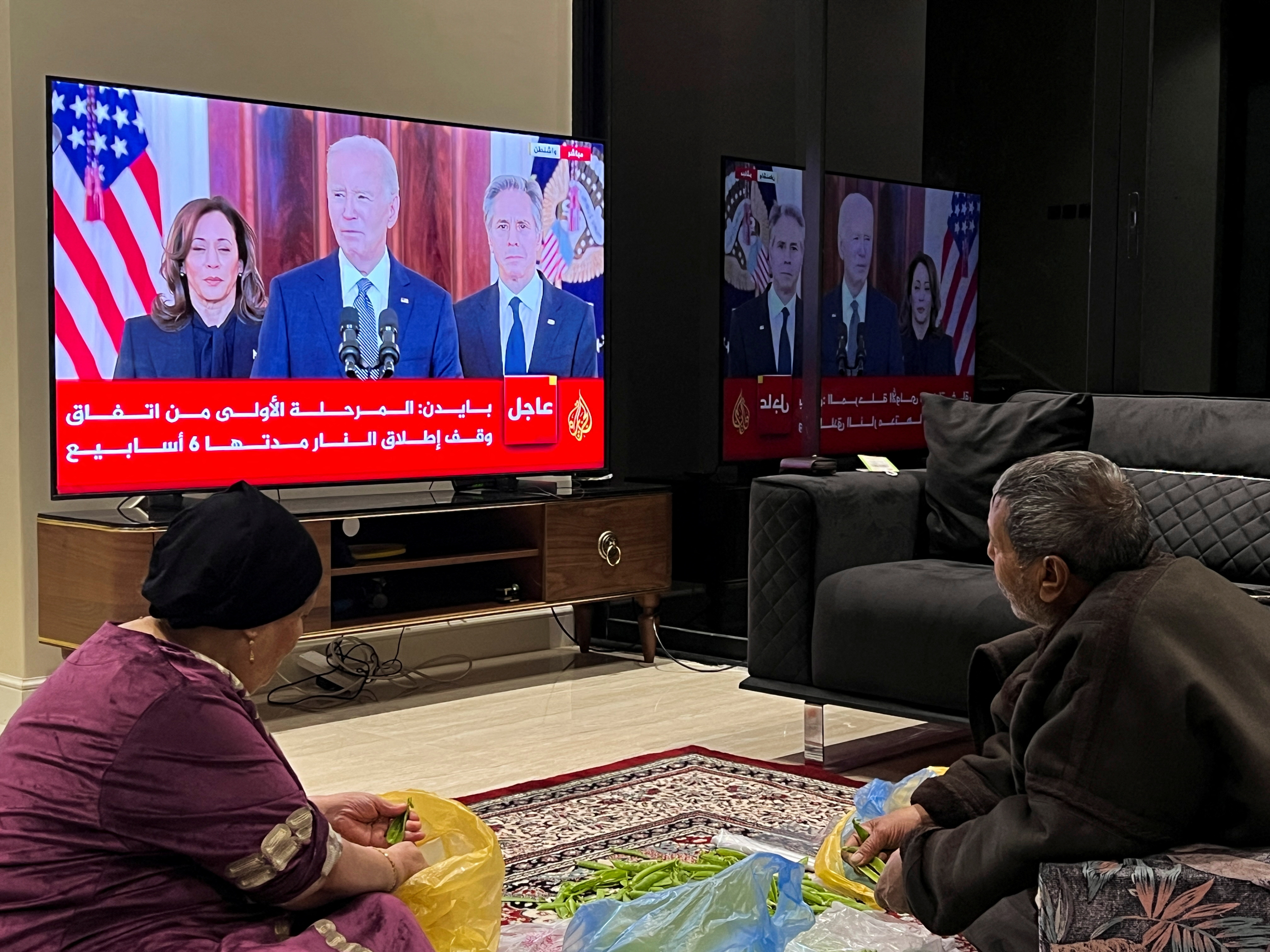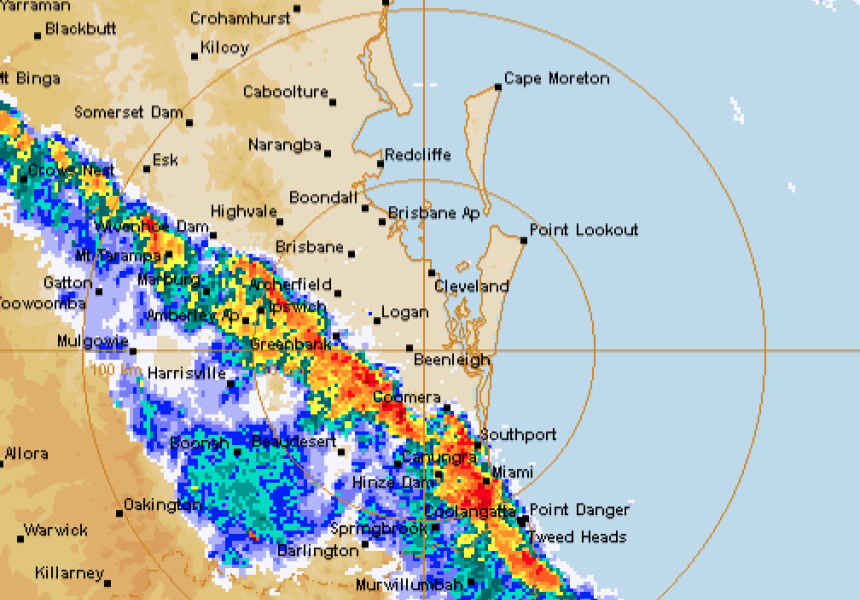Understanding The India-Pakistan Ceasefire: Implications And Analysis

Table of Contents
Historical Context of the India-Pakistan Ceasefire
The history of the India-Pakistan ceasefire is intertwined with the tumultuous relationship between the two nations since partition in 1947. Several ceasefires have been declared, often following periods of intense conflict. The most significant is arguably the 2003 ceasefire agreement, which, while initially promising, has been repeatedly violated.
-
Key events leading to previous ceasefires: The 1947-48 war, the 1965 war, the 1971 war, and the Kargil conflict of 1999 all led to periods of relative calm, punctuated by various ceasefire declarations. These ceasefires were often negotiated under international pressure or as a result of exhaustion on both sides.
-
Significant violations and their consequences: Violations of ceasefires, ranging from sporadic firing across the Line of Control (LoC) to more significant incursions, have been a consistent feature. These violations often escalate tensions, resulting in casualties and further hindering peace efforts. The consequences include a breakdown in trust, increased military spending, and a heightened risk of wider conflict.
-
Role of international mediators: Several international actors, including the United Nations, the United States, and other regional powers, have played a mediating role in negotiating and maintaining ceasefires. Their involvement has sometimes been crucial in de-escalating tensions and facilitating dialogue.
-
Evolution of the ceasefire agreement over time: The terms and effectiveness of ceasefire agreements have evolved over time. Initially, these were often informal understandings. However, with increasing awareness of the dangers of escalating conflict, more formal agreements, with mechanisms for monitoring and enforcement, have been attempted.
-
Key players involved in negotiating and maintaining the ceasefire: Military and political leaders from both India and Pakistan, as well as representatives from international organizations and mediating countries, have all played key roles in the negotiation and implementation of ceasefires.
The Current State of the India-Pakistan Ceasefire
The current state of the India-Pakistan ceasefire is characterized by a complex interplay of periods of relative calm and significant escalations. While the 2003 ceasefire agreement remains nominally in place, violations continue to occur.
-
Recent instances of ceasefire violations: Reports of cross-border firing and shelling are regularly reported in the media, highlighting the fragility of the ceasefire. These violations often coincide with heightened tensions related to other issues.
-
Analysis of the causes behind these violations: The causes are multifaceted, ranging from sporadic skirmishes between border forces to more deliberate acts of aggression, often linked to cross-border terrorism and strategic military objectives.
-
Impact of cross-border terrorism on the ceasefire: Cross-border terrorism, particularly emanating from Pakistan-based groups, significantly impacts the ceasefire. These attacks frequently lead to retaliatory actions by Indian forces, further escalating the situation. The India-Pakistan ceasefire often becomes a casualty of these larger security concerns.
-
Role of military and political leadership in maintaining/violating the ceasefire: The stance and actions of both military and political leaders play a crucial role in either upholding or violating the ceasefire. Statements and actions can either de-escalate or exacerbate tensions.
-
Assessment of the effectiveness of existing mechanisms for monitoring and enforcement: Existing mechanisms for monitoring and enforcement, often involving third-party observers or confidence-building measures, have had limited success in preventing violations, indicating a need for strengthened mechanisms.
Geopolitical Implications of the India-Pakistan Ceasefire
The India-Pakistan ceasefire (or the lack thereof) has significant regional and international ramifications. The stability of the region, global counter-terrorism efforts, and economic development are all directly impacted.
-
Impact on regional stability and trade: A stable ceasefire can foster regional stability, leading to increased trade and economic cooperation. Conversely, continued violations undermine regional stability, deterring investment and hindering economic growth.
-
Influence on relations with other regional powers (e.g., China, Afghanistan): The India-Pakistan relationship significantly influences relations with other regional powers. China’s relationship with Pakistan, for example, adds another layer of complexity to the situation. Similarly, the situation in Afghanistan influences the overall regional dynamics.
-
Effect on global counter-terrorism efforts: The India-Pakistan conflict, and the state of the ceasefire, directly impacts global counter-terrorism efforts. Instability in the region can provide breeding grounds for extremist groups.
-
Role of international organizations in mediating disputes: International organizations, such as the UN, play a crucial role in mediating disputes and encouraging dialogue between India and Pakistan, striving to maintain a functional ceasefire.
-
Potential for future escalation or de-escalation: The future trajectory hinges on multiple factors including the political will of both governments and the success of confidence-building measures. A failure to de-escalate could lead to a dangerous increase in conflict.
The Role of External Actors in the India-Pakistan Ceasefire
External actors, particularly the United States and China, exert considerable influence on the India-Pakistan relationship and the state of the ceasefire.
-
How different countries' policies affect the ceasefire: The policies of these external actors, including their diplomatic efforts, sanctions, or aid packages, can either encourage or discourage peace-building initiatives.
-
Analysis of diplomatic efforts to maintain peace: Diplomatic efforts by these countries, sometimes acting individually and sometimes collectively, are crucial in mediating disputes and preventing escalation.
-
Impact of sanctions or aid on the situation: Sanctions or aid can significantly influence the behavior of both India and Pakistan, creating incentives for either cooperation or conflict.
-
Assessment of the effectiveness of external pressure: The effectiveness of external pressure depends on several factors, including the level of commitment from the external actors and the willingness of India and Pakistan to engage constructively.
Future Prospects for Peace and the India-Pakistan Ceasefire
The future of the India-Pakistan ceasefire and the overall relationship between the two nations remains uncertain. However, several pathways towards sustainable peace can be explored.
-
Potential pathways towards sustainable peace: These include fostering dialogue, implementing confidence-building measures, addressing underlying causes of conflict, and strengthening mechanisms for conflict resolution.
-
Challenges in achieving lasting stability: The significant challenges include deep-seated mistrust, historical grievances, and the ongoing issue of cross-border terrorism.
-
Role of dialogue and confidence-building measures: Dialogue and confidence-building measures, such as joint military exercises or cultural exchanges, are vital in building trust and fostering cooperation.
-
Importance of addressing underlying causes of conflict: Addressing the root causes of conflict, such as territorial disputes and historical grievances, is crucial for achieving lasting peace.
-
Long-term implications of continued conflict or peace: Continued conflict has devastating consequences, while a lasting peace would bring significant economic and social benefits to both countries and the wider region.
Conclusion
This analysis of the India-Pakistan ceasefire highlights the complex interplay of historical events, geopolitical factors, and internal dynamics that shape the fragile peace in the region. The effectiveness of the ceasefire remains precarious, contingent upon sustained commitment from both sides and careful management of external influences. The future of the India-Pakistan relationship depends heavily on the willingness of both nations to prioritize peace and engage in meaningful dialogue.
Call to Action: Understanding the intricacies of the India-Pakistan ceasefire is crucial for fostering a more peaceful and stable South Asia. Further research and informed discussion are vital to navigate the challenges and explore potential pathways towards a lasting solution. Continue to stay informed about developments regarding the India-Pakistan ceasefire to contribute to a deeper understanding of this critical geopolitical issue and advocate for peaceful resolution.

Featured Posts
-
 Selena Gomez And Benny Blanco A Look At The Cheating Scandal
May 12, 2025
Selena Gomez And Benny Blanco A Look At The Cheating Scandal
May 12, 2025 -
 Stadium Track Resurfacing For Championship Season
May 12, 2025
Stadium Track Resurfacing For Championship Season
May 12, 2025 -
 Campeonato Uruguayo Segunda Division 2025 Fecha De Inicio Y Formato
May 12, 2025
Campeonato Uruguayo Segunda Division 2025 Fecha De Inicio Y Formato
May 12, 2025 -
 Tylas Coachella 2025 Outfit A Britney Spears Homage Or Not
May 12, 2025
Tylas Coachella 2025 Outfit A Britney Spears Homage Or Not
May 12, 2025 -
 Fifteen Years Later Jessica Simpsons Comeback Performance And Its Impact
May 12, 2025
Fifteen Years Later Jessica Simpsons Comeback Performance And Its Impact
May 12, 2025
Latest Posts
-
 Bay Area Weather Update Severe Thunderstorm Watch And Warning
May 13, 2025
Bay Area Weather Update Severe Thunderstorm Watch And Warning
May 13, 2025 -
 Community Highlights Earth Day May Day Parade And Junior League Gala
May 13, 2025
Community Highlights Earth Day May Day Parade And Junior League Gala
May 13, 2025 -
 Nbc Bay Area Weather Alert Severe Thunderstorm Warning Issued
May 13, 2025
Nbc Bay Area Weather Alert Severe Thunderstorm Warning Issued
May 13, 2025 -
 Thursday February 20th Orange County Game Results And Player Statistics
May 13, 2025
Thursday February 20th Orange County Game Results And Player Statistics
May 13, 2025 -
 Local Events Earth Day Initiatives May Day Parade And Junior League Gala
May 13, 2025
Local Events Earth Day Initiatives May Day Parade And Junior League Gala
May 13, 2025
